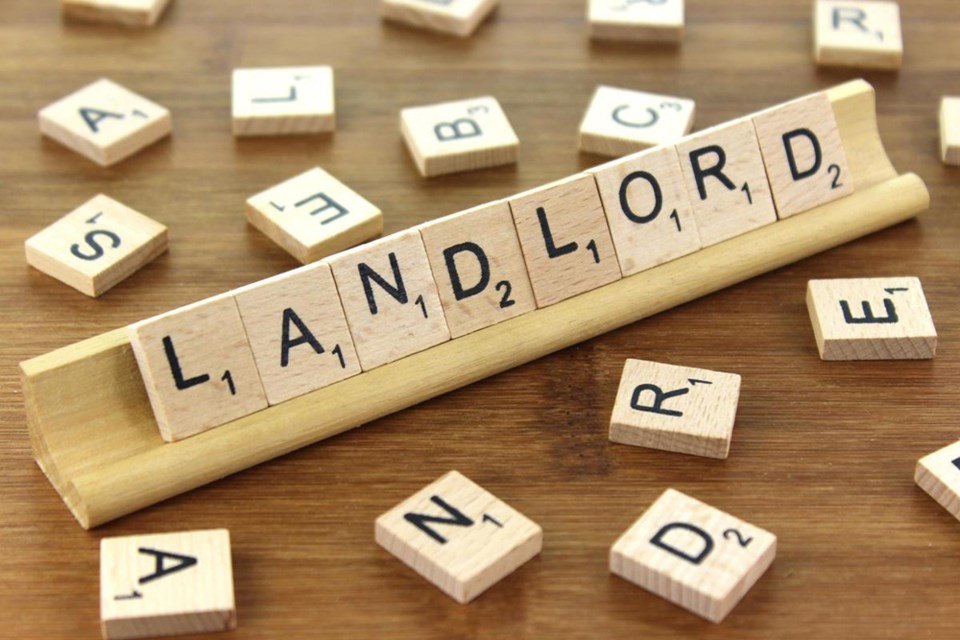Jim Senger is a landlord in Nipawin.
He’s also a volunteer firefighter and an employee at RONA Pinecrest Lumber.
“All three roles almost tie together somewhat,” said Senger.
“I’ll look at maybe an egress on a building or on a certain bedroom that maybe an ordinary landlord wouldn’t,” he said. “If I’m selling you a window, I’m going to make sure it’s one you can get out of, if you’re living in that house.”
Senger started renting out homes 24 years ago. He started with one, made it up to 13, and is back down to seven homes and co-ownership of two apartments.
Like many landlords, he sees the pros and cons of renting out properties.
“For me, the pro would be having a good tenant that actually looks after their home. When I say that, I don’t mean they go out and put a new kitchen set in. I’m saying that I don’t come there and find it totally destroyed.”
Which leads Senger to the biggest con:
“The hardest thing that I’ve found being a landlord is getting people to take responsibility that it’s their home, not mine. They’re living in it.”
After more than two decades, he’s learned a few things about renting.
“A higher rent isn’t necessarily going to keep good tenants.”
Senger doesn’t want all tenants – or all landlords, for that matter – to be painted with the same brush.
“I’ve got tenants that have been in certain places for 15 years and I would do my best to keep them there as long as I could,” he said. “I’ve gotten to the place where, some of my tenants, I consider them very good friends, even today, and they’re no longer renting off me.”
It’s not an easy task to screen a potential tenant.
“It’s extremely difficult. Basically word-of-mouth and finding out if anyone knows the tenant who’s about to move in. It’s no different than probably taking on an employee.”




